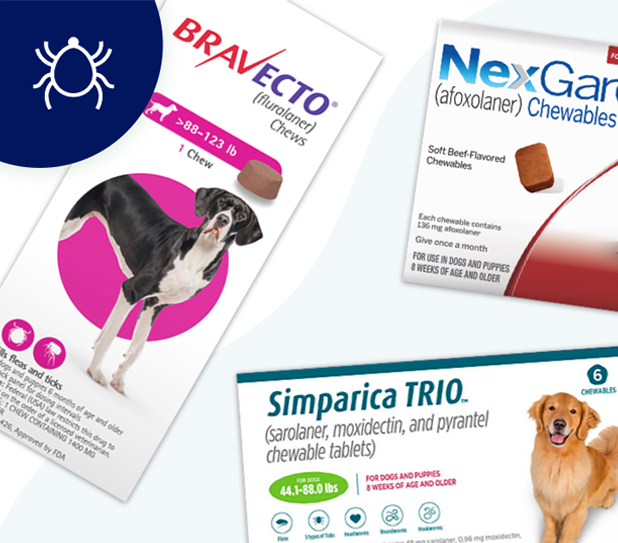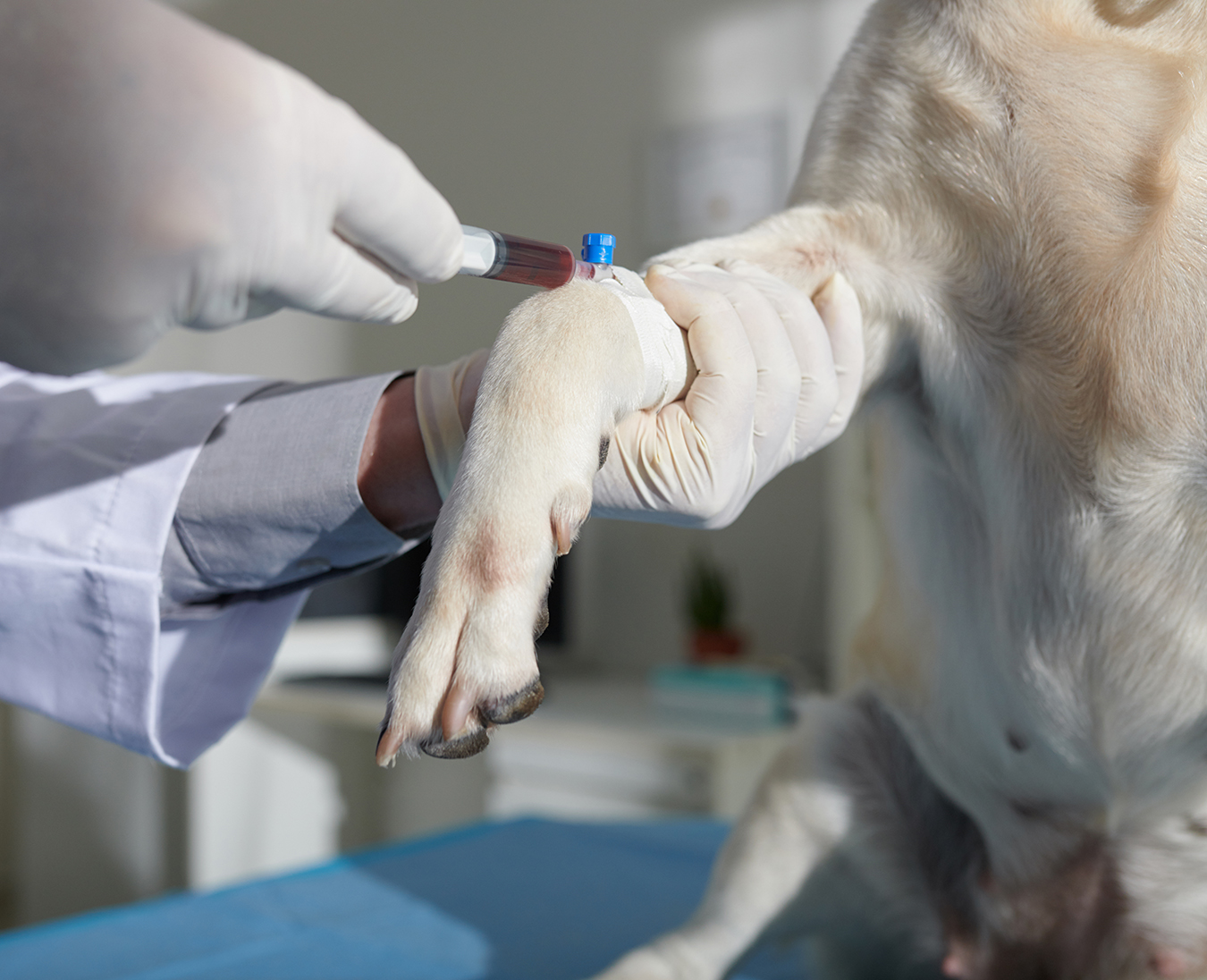
Being a foodie is all fun and games until you read the ingredients on your pet’s food bag and realize they are eating a more sustainably sourced and nutritionally balanced meal than you are. We know as animal lovers and pet owners it is important to provide our furry foodies with healthy and balanced meals. So here are our guiding points for finding the right food for your pets.
On the packages of both dry and wet food, there are many different combinations of words to describe what the food has to offer your pet. However, there are current regulations as to what labels must contain. The Merck Manual, a veterinary manual, lists the nine requirements:
1. Product name and its brand name, if any
2. Net weight of the product
3. Name and address of the manufacturer or distributor
4. Guaranteed analysis
5. List of ingredients
6. The words “dog food” or “cat food”
7. Statement of nutritional adequacy
8. Feeding guidelines
9. Caloric content of the diet, expressed both in kcal ME/kg and per familiar household unit (like cups or cans)
Who regulates what goes on the labels and how the food is made?
The Association of American Feed Control Officials, or AAFCO, is an organization of feed manufacturer experts that create standards that control how animal food is made and labeled by companies at local, national and global levels. AAFCO creates and reviews these guidelines which helps the FDA and State Feed Control Official ensure all manufacturing processes are up to standard to safeguard human and animal health.
What food does the Humane Society of Missouri use?
Our partners at Purina give all animals in our care the nutrients they need. Purina offers a wide variety of food, from adult to puppy and kitten formulas. For Purina, nutrition starts with understanding nutrients and not just ingredients. Purina meets AAFCO standards and implements a multi-step process to ensure all food products are of the highest quality.
How should I decide what type of food to feed my pet?
The best thing to do when considering what type of food is best for your own pet is to have a conversation with your pet’s veterinarian. Your vet will take into consideration the pet’s age, level of activity and discuss what to look for to see if your pet may have food allergies or need to gain or lose weight. Your pet’s food should be both delicious and nutritious. To learn more about pets and nutrition, visit Purina’s website. To make an appointment with a veterinarian at AMCMA, click here. Woof!




